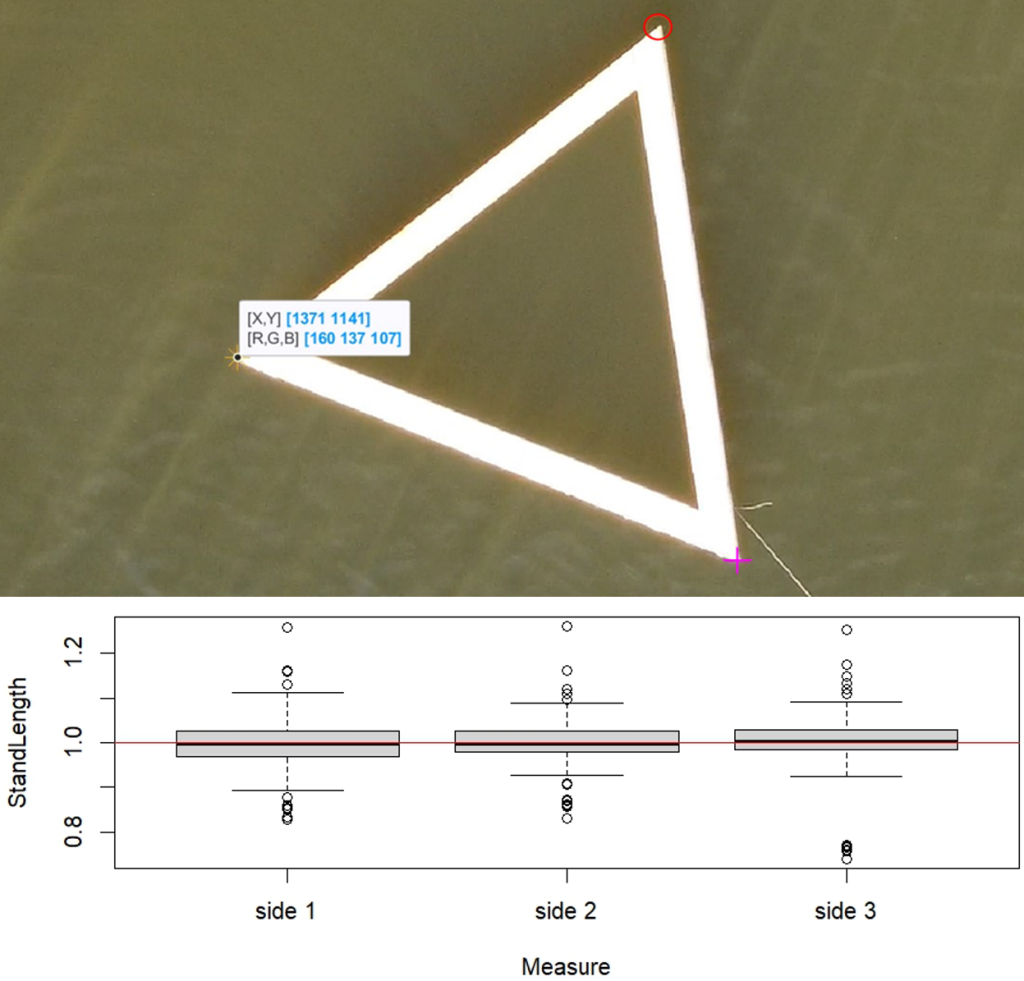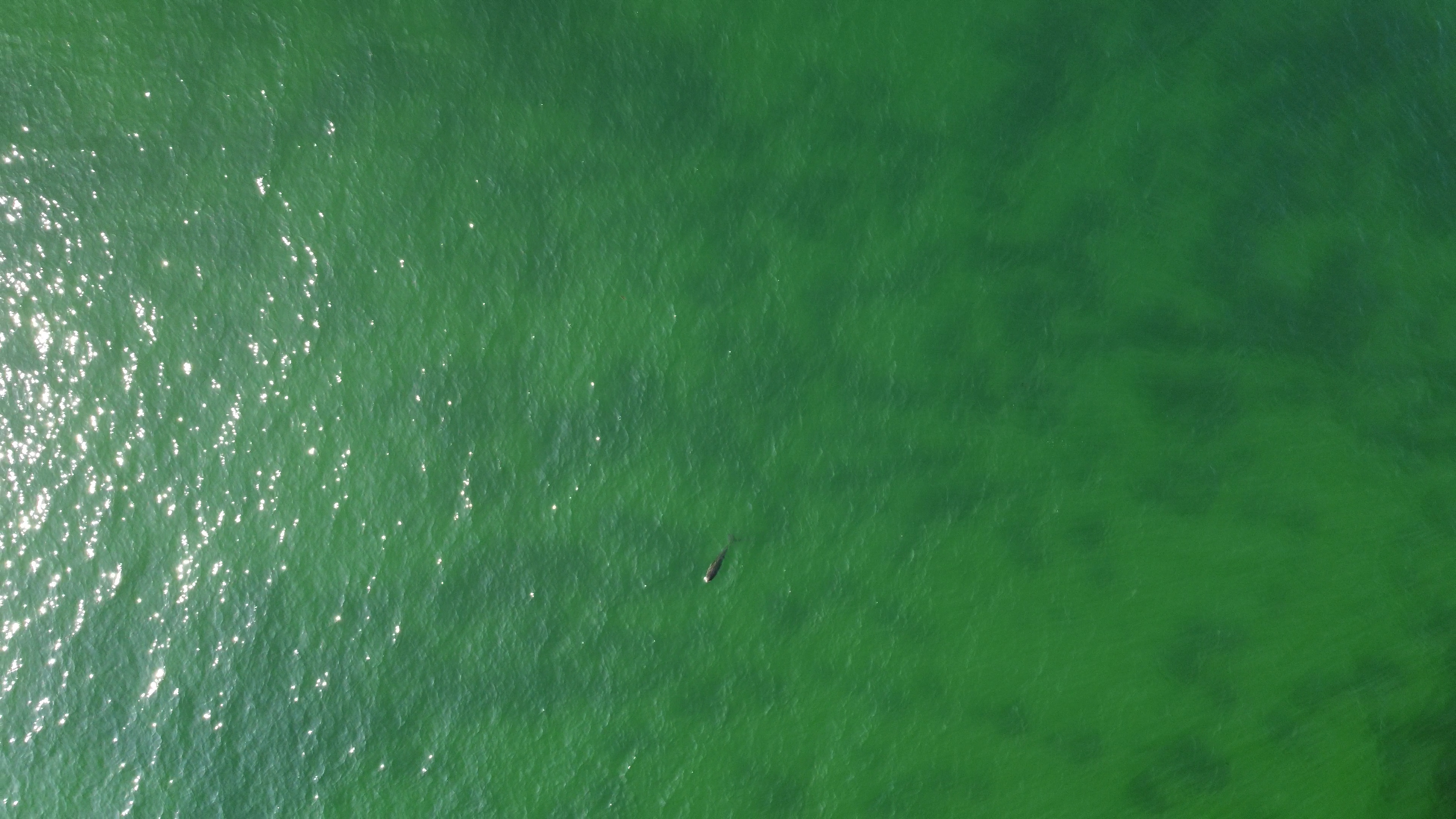
Track animals on video footage in the open ocean
What can you do with drone data?
Welcome to CetTrack! The open ocean requires different software solutions than what commercially available software for drone coverage provide.
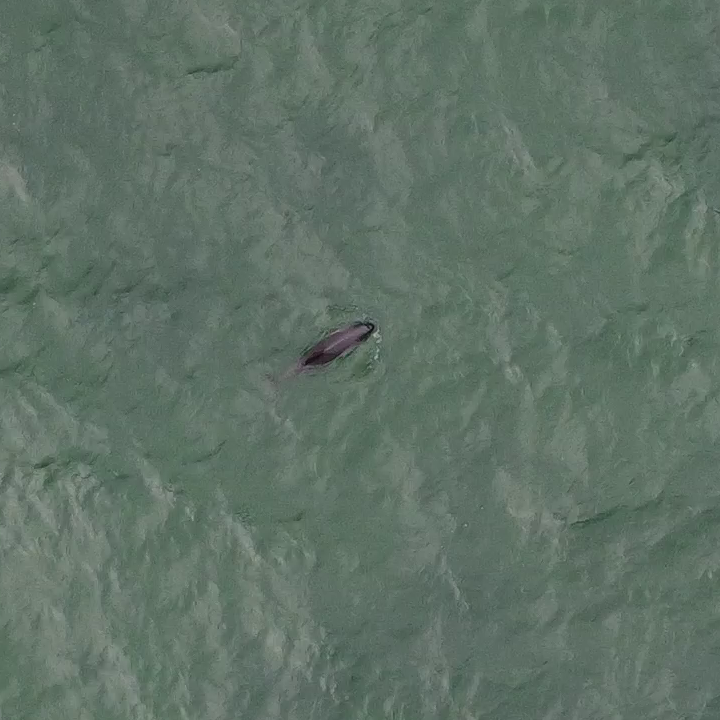
Estimate locations of animals
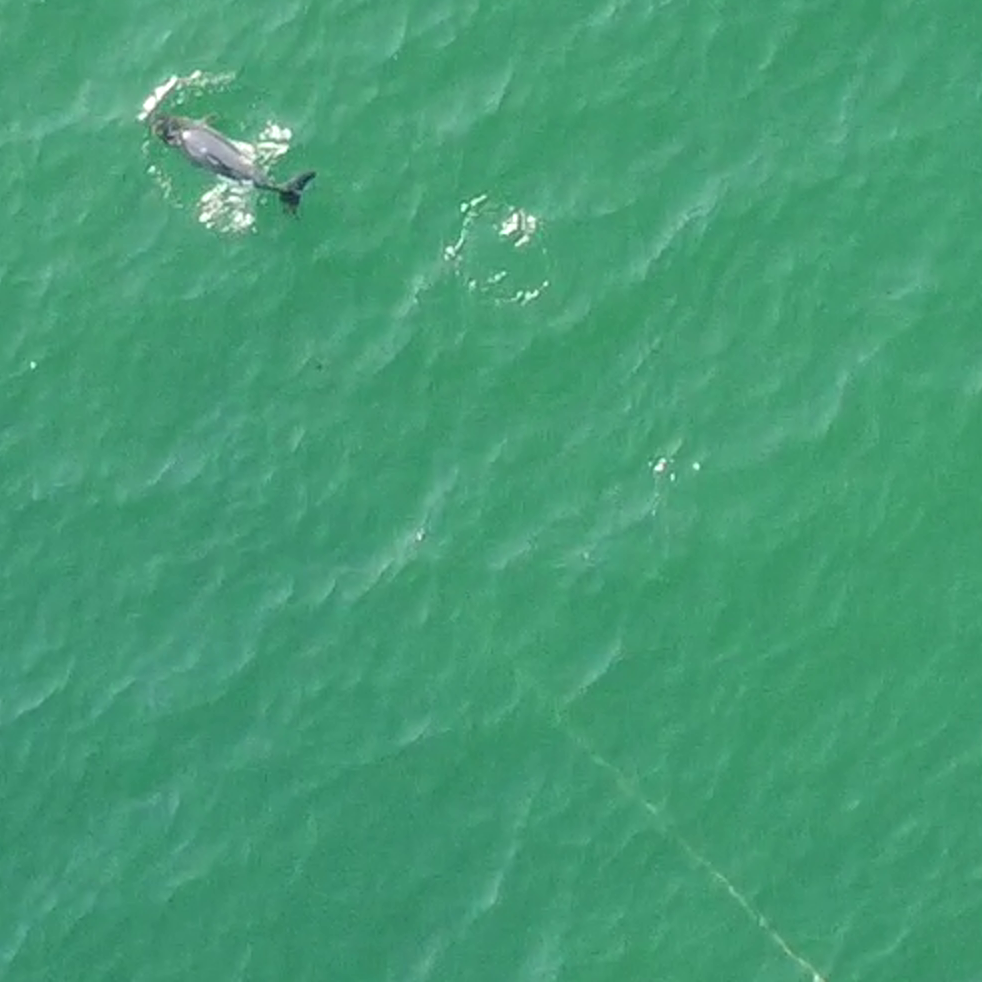
Calculate distances to fishing gear
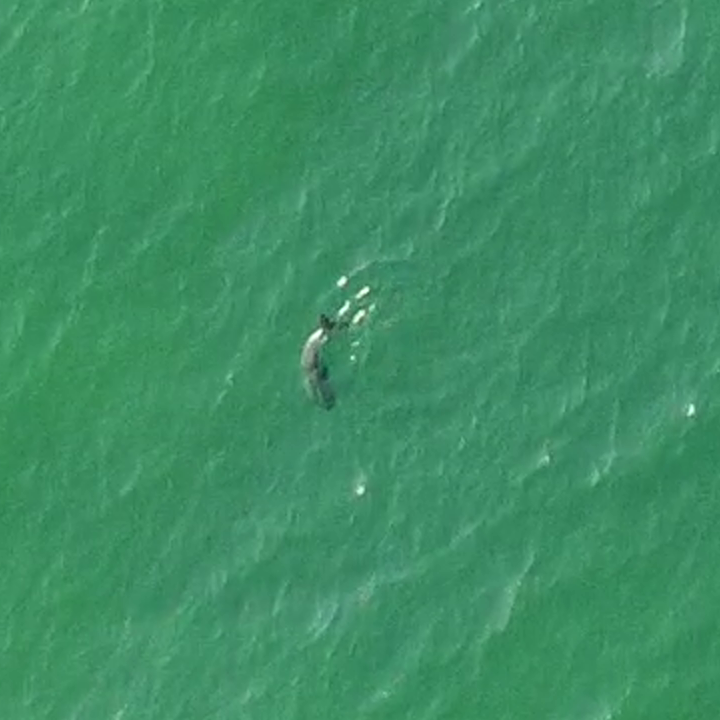
Characterise behaviours
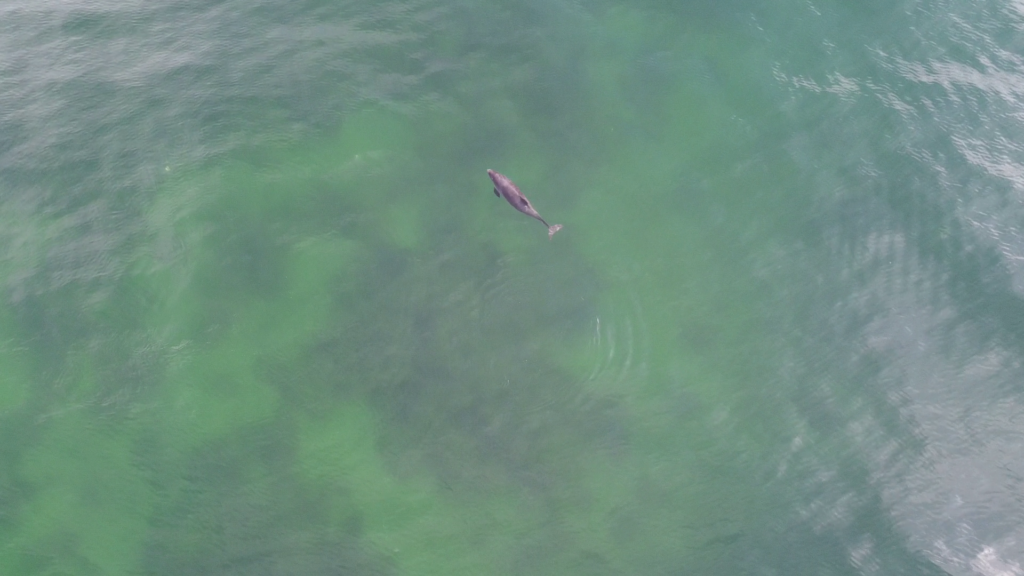
Where do they swim to?
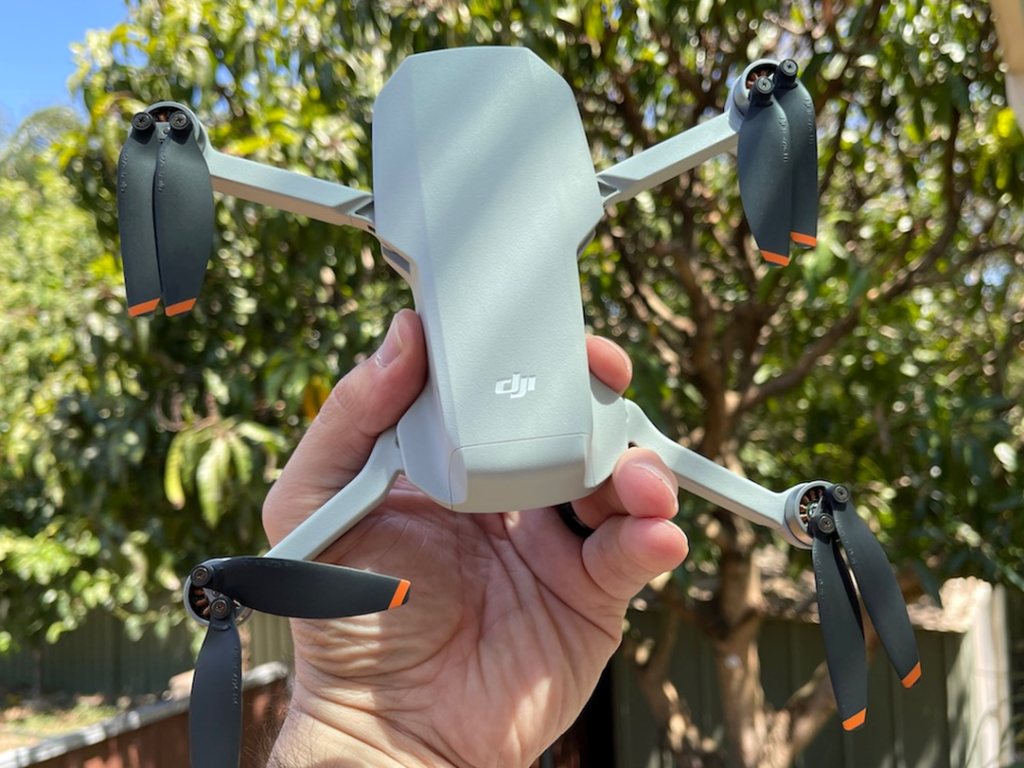
Get precise information on speed and acceleration

Morphometric measurements on live animals
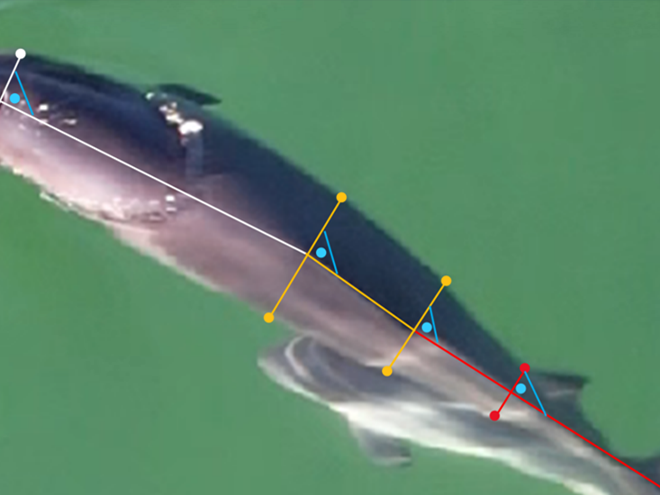
Estimate width of the specific porpoise
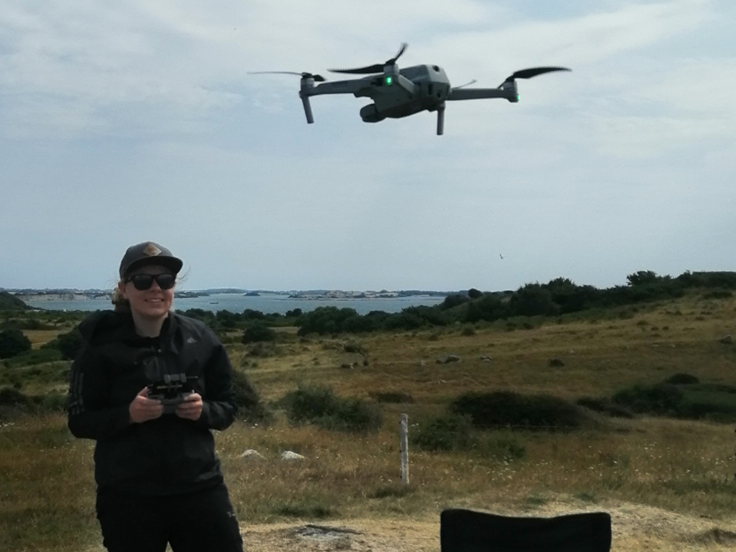
Use value based drones
CetTrack – Free for non-commercial use
CetTrack was developed for non-commercial users under the Matlab educational license to be integrated to students scientific work.


Get your copy of CetTrack
Since CetTrack is currently still under development, we would like to keep track of our users to build a community.
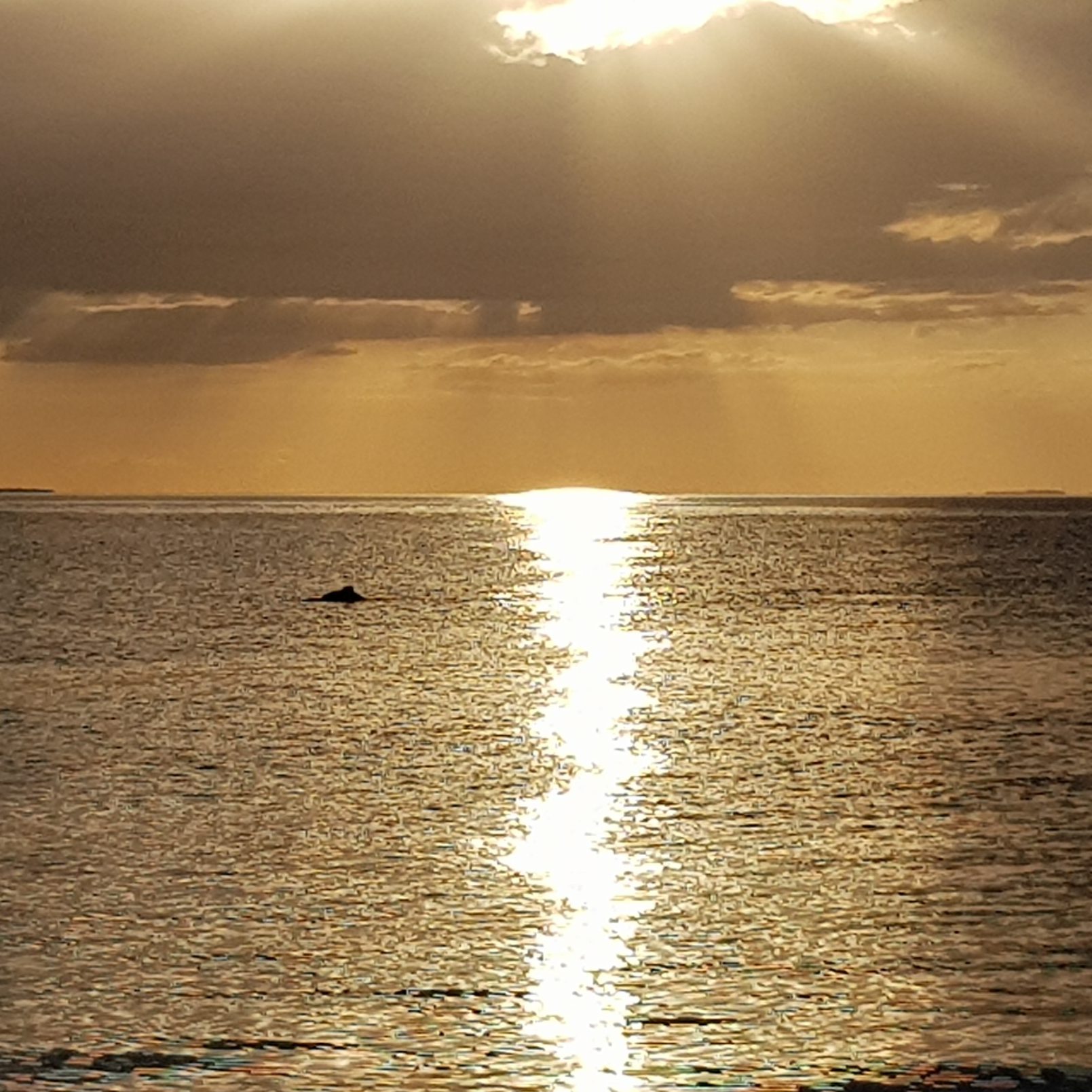
Send us a short note what your study is about
Describe the purpose of your study, whether it is conservation focused, and what you want to do with CetTrack.
Drone technologies supported
Currently CetTrack supports DJI Drones, specifically Mini 2, Mavic 3 classic, Phantom 4 and Air2S. If you use another drone type, it may be feasible to adapt CetTrack easily to your needs. We do need sample data to verify that all is well. For that we need at least the full information of one complete flight (Flight log, Videos, SRT Files and Metadata), so that we know what to look for.
Integration via Airdata
Our solution strongly depends on the flightlog data that you can retrieve either via DJI services, from your smartphone or integrated controller or download via a free airdata.com account.
Having issues? Let us help!
Melania and Michael are dedicated cetacean, pinniped and penguin specialists. Their education is a mixture of engineering, software solution building, expertise in bioacoustics and communication, zoology and pathology. Both are always interested in new issues on the horizon and conservation questions.
Contact us
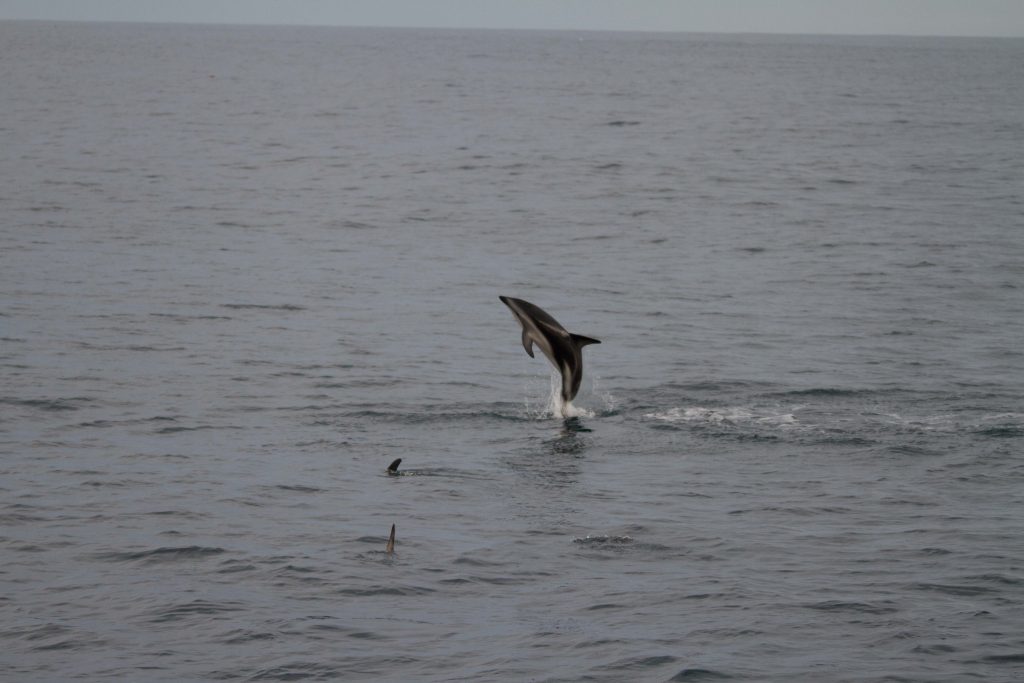
Be precise
We have estimated the mean accuracy of the position determined with CetTrack to be better than 2 m for absolute accuracy and < 3cm for photogrammetric investigations – this may matter for your research. We can help you determining your specific accuracy by
- Helping you set up calibrations trials
- Estimating position error
- Estimating length / width / height error
- Optimizing the research strategy
- Get better precision
